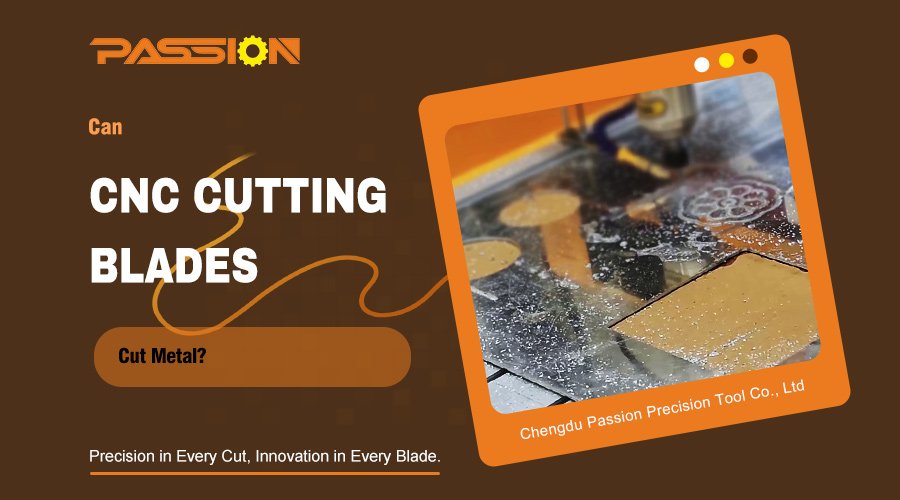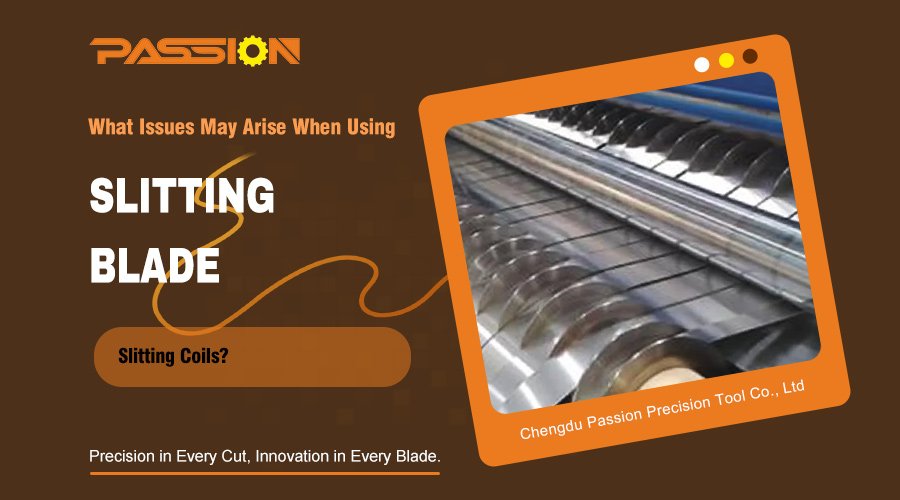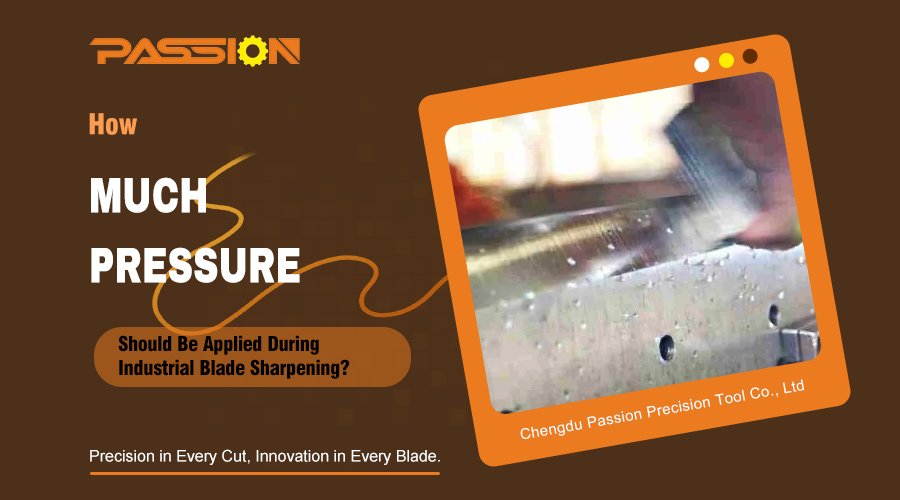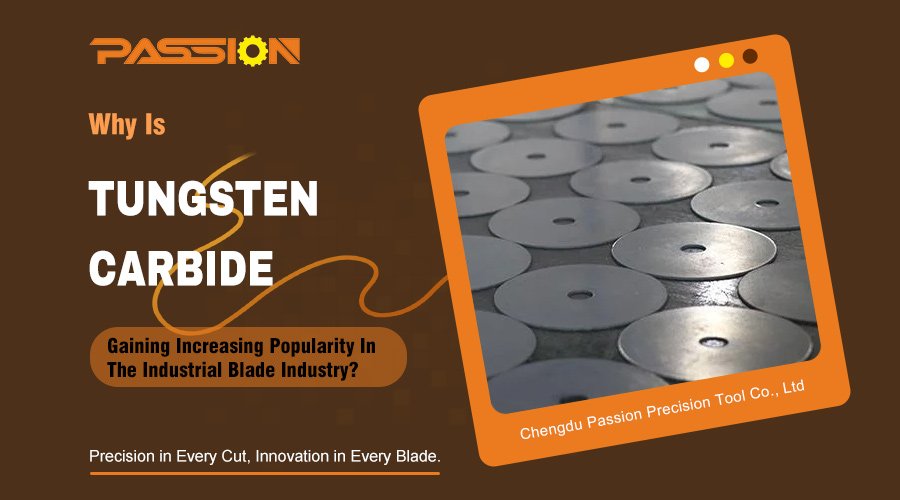In modern industrial manufacturing, tungsten carbide blades have become an essential tool for cutting and machining. Whether for metalworking, wood cutting, plastic cutting, or high-precision composite material processing, tungsten carbide blades are widely used for their high hardness, high wear resistance, and excellent cutting performance. However, in actual use, we often encounter a headache problem—burrs.
Although burrs are small, they can cause a series of serious problems: affecting the appearance of the product, reducing dimensional accuracy, increasing the difficulty of subsequent processing, and even directly leading to the scrapping of parts. For enterprises that use tungsten carbide blades, understanding the formation mechanism of burrs, finding the specific causes, and effectively solving them have become key links in improving processing efficiency and product quality.
This article will provide a systematic analysis and share practical experience to help readers gain a comprehensive understanding of burr issues and identify feasible solutions.
What Is a Burr?
A burr, in the field of mechanical processing and cutting, refers to small protrusions or residues of excess metal on the surface of a workpiece caused by cutting forces. It typically manifests as:
- Sharp protrusions at the edges of the workpiece
- Deformed material debris
- Unremoved fibrous metal particles
In other words, burrs are non-ideal machining byproducts that do not belong to the intended shape of the part but are instead incidental byproducts generated during the machining process.
Burrs are especially common in the application of tungsten carbide blades, as tungsten carbide blades are generally used for high-speed cutting, cutting hard materials, or precision work. The interaction between the cutting tool and the workpiece material is complex, and even the slightest improper action can easily lead to burr formation.
Typical Classifications Of Burrs
- Roll-over burr: The metal at the edge of the workpiece is squeezed and displaced to form a roll.
- Tear burr: The tool does not cut cleanly, causing localized tearing of the material.
- Cutting burr: A protrusion formed at the tool’s cutting exit point.
- Poisson burr: Formed due to plastic flow of the material, resembling small residual metal pieces.
Mechanism Of Burr Formation And Common Causes
The appearance of burrs is not accidental, but rather the inevitable result of the combined effects of the material, cutting tool, and process parameters during the cutting process. To effectively control burrs, it is first necessary to understand the mechanism of their formation, and then analyze their common causes in combination with various influencing factors.
1. Physical Mechanism Of Burr Formation
When a tungsten carbide blade cuts into a workpiece, the workpiece material is subjected to intense cutting stress. In the cutting zone, metal is removed to form chips on one hand, while on the other hand, due to improper force direction or poor tool geometry, plastic deformation or tearing occurs, ultimately forming burrs at the workpiece edge. The primary mechanisms include:
- Material plastic flow: When cutting forces exceed the workpiece’s yield strength, metal in the edge region undergoes plastic flow and cannot be completely severed, leading to the accumulation of protrusions.
- Uneven distribution of cutting forces: The combined effects of tangential, radial, and axial forces cause some metal to be displaced rather than sheared, resulting in irregular burrs.
- Tool geometry influence: A rounded or blunt edge, insufficient front angle, or excessive rear angle can lead to incomplete cutting, with more extrusion than shearing, thereby exacerbating burr formation.
- Cutting exit effect: When the cutting of the workpiece is about to be completed, the material loses support and is prone to edge tearing or protrusion, causing burrs to concentrate at the cutting edge.
2. Common Causes Of Burrs In Tungsten Carbide Blade Cutting
Combining the above mechanisms, the specific causes of burrs can be broadly summarized into the following categories
Tool factors
- Blade wear or dullness: The cutting edge loses sharpness, increasing cutting force and causing material to be squeezed rather than sheared.
- Unreasonable geometric angle design: A too-small front angle increases cutting resistance, while an insufficient rear angle may cause friction with the workpiece, both increasing the risk of burrs.
- Tool defects: Cutting edge chipping or surface roughness directly result in incomplete cutting.
Workpiece material factors
- Highly ductile materials: Such as aluminum, copper, and soft steel, are prone to flanged burrs.
- Brittle materials: Such as cast iron and hard alloys, are more likely to produce torn burrs.
- Uneven microstructure: Materials with segregation, inclusions, or hard spots are prone to forming irregular burrs during cutting.
Processing Parameter Factors
- Too low cutting speed: Cutting tends to be more of a squeezing action, resulting in increased burrs.
- Excessive feed rate: High tool load leads to severe material tearing.
- Unreasonable cutting depth: If too shallow, it cannot be cut smoothly, easily causing a “dragging” effect.
Processing Environment And Fixture Factors
- Unstable workpiece clamping: Vibrations during cutting result in unclean edge cutting.
- Insufficient cooling and lubrication: Increased temperature and friction lead to reduced tool sharpness and increased burr formation.
Process Design Factors
- Unreasonable cutting path: Insufficient support at the exit point allows material to deform freely, forming burrs.
- No subsequent finishing: Failure to perform deburring after rough machining exacerbates burr issues.
The Impact Of Burrs On Product Quality
Although burrs are small, they can have extremely serious consequences in industrial production.
Impact On Dimensional Accuracy
Burrs increase the thickness of part edges, leading to dimensional deviations, which can exceed tolerance limits in severe cases.
Reduced Surface Quality
Burrs increase the thickness of part edges, leading to dimensional deviations, which can exceed tolerance limits in severe cases.
Safety Hazards
Sharp burrs on edges can cause injuries to operators and may lead to premature failure of parts during use.
Assembly Issues
Burrs can hinder part assembly, especially in mechanical components requiring high-precision fitting, and may even cause jamming.
Performance Degradation
In high-end industries such as aerospace, electronics, and healthcare, even minor burrs can affect conductivity, sealing performance, and fatigue strength, thereby reducing product performance.
As such, burrs are not merely “imperfections” but serious quality defects that must be taken seriously.
Effective Solutions To Solve Burrs
In actual production, the following measures can be taken to address burrs:
1. Tool Optimization
- Choose tungsten carbide blades with higher sharpness and avoid using blunt tools.
- Optimize the geometric parameters of the tool, increase the appropriate front angle, and reduce the cutting force.
- Use coated tools to improve wear resistance and extend the sharpness retention time.
2. Adjusting Machining Parameters
- Increase cutting speed to make the cutting process more akin to “shearing” rather than “extrusion.”
- Reasonably control feed rate to avoid excessive loads.
- Reduce cutting depth at the cutting exit to minimize burr formation.
3. Process Improvements
- Modify the cutting path to keep the tool supported as much as possible at the exit.
- Add chamfers or pre-cuts at necessary locations to reduce burr risks.
- Use finishing operations to remove burrs from rough machining.
4. Deburring Processes
- Mechanical deburring: Such as sanding belts, drum polishing, or brushing.
- Thermal deburring: Remove burrs through instant combustion, suitable for mass production.
- Chemical deburring: Remove small burrs using chemical solutions.
- Ultrasonic deburring: Use ultrasonic vibrations to remove hard-to-reach micro-burrs.
Each method has its own advantages and disadvantages, and should be selected appropriately based on the material, size, and precision requirements of the part.
Preventive Measures
The concept of preventing burrs is “prevention is better than cure,” reducing the cost of corrections later on through optimization in the early stages.
Tool management
Establish a tool wear monitoring mechanism, replace or sharpen tungsten carbide blades in a timely manner, and keep the cutting edge sharp.
Material selection and processing
Try to use materials with uniform structure that are suitable for cutting; perform heat treatment when necessary to improve processing performance.
Standardization of Machining Parameters
Develop a database of optimal cutting parameters through experimental data accumulation to avoid reliance on empirical methods.
Rational Design of Part Structures
Avoid sharp edges and geometries unfavorable for machining during the design phase.
Cooling and Lubrication Assurance
Use appropriate cutting fluids to ensure adequate lubrication, cooling, and chip removal.
Introduction of Automatic Deburring Equipment
For mass production, automated deburring processes can significantly reduce quality fluctuations caused by burrs.
Burrs are almost inevitable in tungsten carbide blade cutting, but they are not unsolvable. Through a deep understanding of the mechanism of burr formation, combined with tool optimization, process improvement, and deburring methods, companies can effectively reduce the frequency and severity of burr generation. More importantly, only by considering burr prevention throughout the entire design, manufacturing, and processing process can truly efficient and high-quality production be achieved.
For industrial manufacturing, burrs are not merely surface defects; they serve as a mirror reflecting tool performance, process capabilities, and the maturity of management systems.








